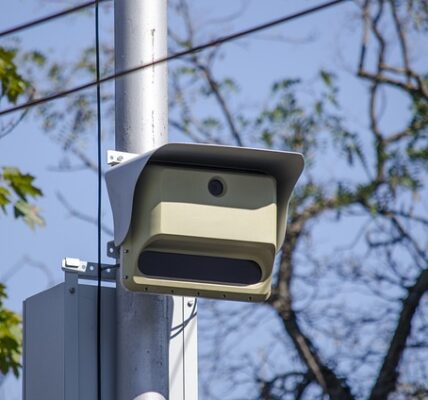Teaching Kids about Cyberbullying and Online Etiquette
Teaching Kids about Cyberbullying and Online Etiquette: A Guide for Parents
Cyberbullying has become a significant concern in today’s digital age. With the rise of social media, online gaming, and other digital platforms, kids are exposed to various forms of cyberbullying. As a parent, it’s essential to teach your child about online etiquette and how to navigate the challenges of cyberbullying. In this article, we’ll discuss the importance of teaching kids about cyberbullying and online etiquette, provide detailed key points, and offer practical tips for parents.
In today’s digital world, kids are constantly interacting with others online. While social media can be a powerful tool for connection and self-expression, it also poses risks for kids. Cyberbullying can take many forms, including sending hurtful messages, spreading rumors, or excluding someone from online activities. According to the Cyberbullying Awareness – Eluna, cyberbullying affects approximately 20% of kids in the US, resulting in feelings of loneliness, anxiety, and depression.
Why Teach Kids about Cyberbullying and Online Etiquette?
Teaching kids about cyberbullying and online etiquette is crucial for their emotional well-being and digital literacy. By educating your child about online safety and privacy, you can help them navigate the complexities of the digital world and make informed decisions about their online activities.
Key Points to Teach Kids
Here are some key points to teach kids about cyberbullying and online etiquette:
- Online safety: Explain the importance of using strong passwords, being cautious with personal info, and avoiding suspicious links or emails.
- Cyberbullying: Discuss the different types of cyberbullying, such as sending hurtful messages, spreading rumors, or excluding someone from online activities. Emphasize the impact of cyberbullying on mental health and relationships.
- Online etiquette: Teach kids about basic online manners, such as being kind, respectful, and considerate in their online interactions.
- Digital footprint: Explain how social media profiles can be a permanent record of our online activities and the importance of monitoring who sees what we post.
- Bullying prevention strategies: Teach kids ways to prevent cyberbullying, such as ignoring hurtful comments, reporting incidents to authorities, or blocking harassers.
Practical Tips for Parents
As a parent, it’s essential to model good online behavior and engage with your child about digital issues. Here are some practical tips to help you teach kids about cyberbullying and online etiquette:
- Discuss online safety: Have regular conversations with your child about online safety and privacy.
- Set boundaries: Establish rules for screen time, social media use, and online activities.
- Monitor their online activity: Keep an eye on your child’s social media profiles, online games, or other digital platforms.
- Build a family tech use agreement: Create a contract outlining guidelines for technology use at home, such as screen time limits, social media restrictions, and online safety rules.
- Engage in open conversations: Regularly discuss your child’s online experiences, challenges, or concerns with them.
Building a Family Tech Use Agreement
A family tech use agreement can help establish clear guidelines for technology use at home. The agreement should outline rules and expectations for screen time, social media use, online safety, and digital etiquette. According to Building a Family Tech Use Agreement, a well-crafted agreement can help prevent cyberbullying, ensure online safety, and promote healthy tech habits.
How to Discuss Online Safety with Kids
Discussing online safety with kids requires patience, empathy, and open communication. Here are some steps to follow:
- Start a conversation: Begin by asking your child about their favorite social media platforms or online games.
- Share personal experiences: Share your own experiences with online safety, cyberbullying, or digital mishaps.
- Use relatable examples: Explain how online behavior can impact relationships, self-esteem, and mental health using real-life examples.
- Encourage questions: Ask your child questions about online safety, such as “What would you do if someone sent you a hurtful message?” or “How do you think we should handle online rumors?”>
A Guide to Cyberbullying Awareness & Prevention – Adelphi Online
Cyberbullying awareness and prevention are essential for creating a safe online environment. According to A Guide to Cyberbullying Awareness & Prevention – Adelphi Online, social workers play a critical role in promoting digital literacy, preventing cyberbullying, and supporting kids who are affected by online harassment.
Conclusion
Teaching kids about cyberbullying and online etiquette is crucial for their emotional well-being and digital literacy. By discussing online safety, modeling good online behavior, and engaging with your child about digital issues, you can help them navigate the complexities of the digital world and make informed decisions about their online activities.
Additional Resources
For more information on cyberbullying awareness and prevention, visit Cyberbullying Awareness – Eluna or A Guide to Cyberbullying Awareness & Prevention – Adelphi Online.




